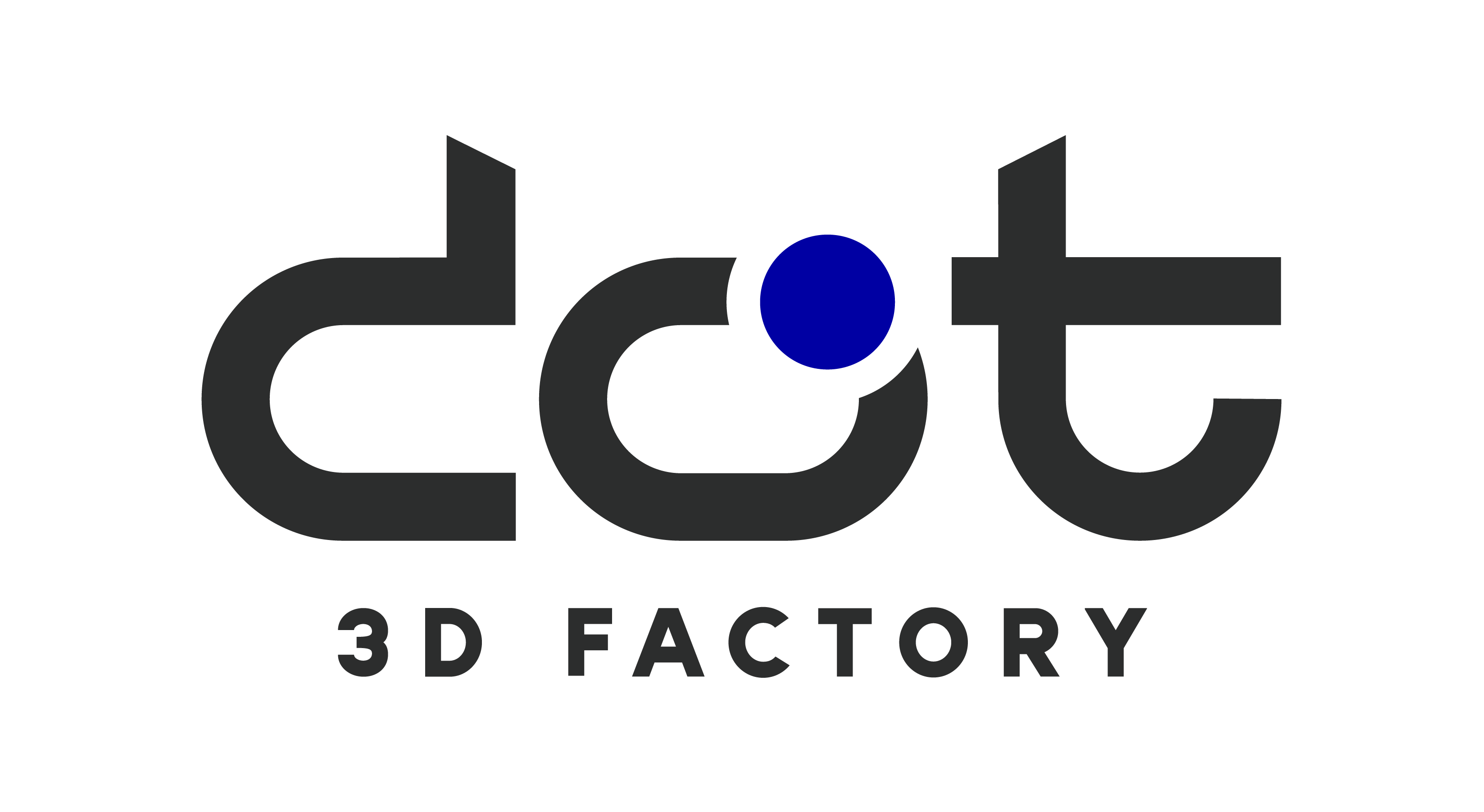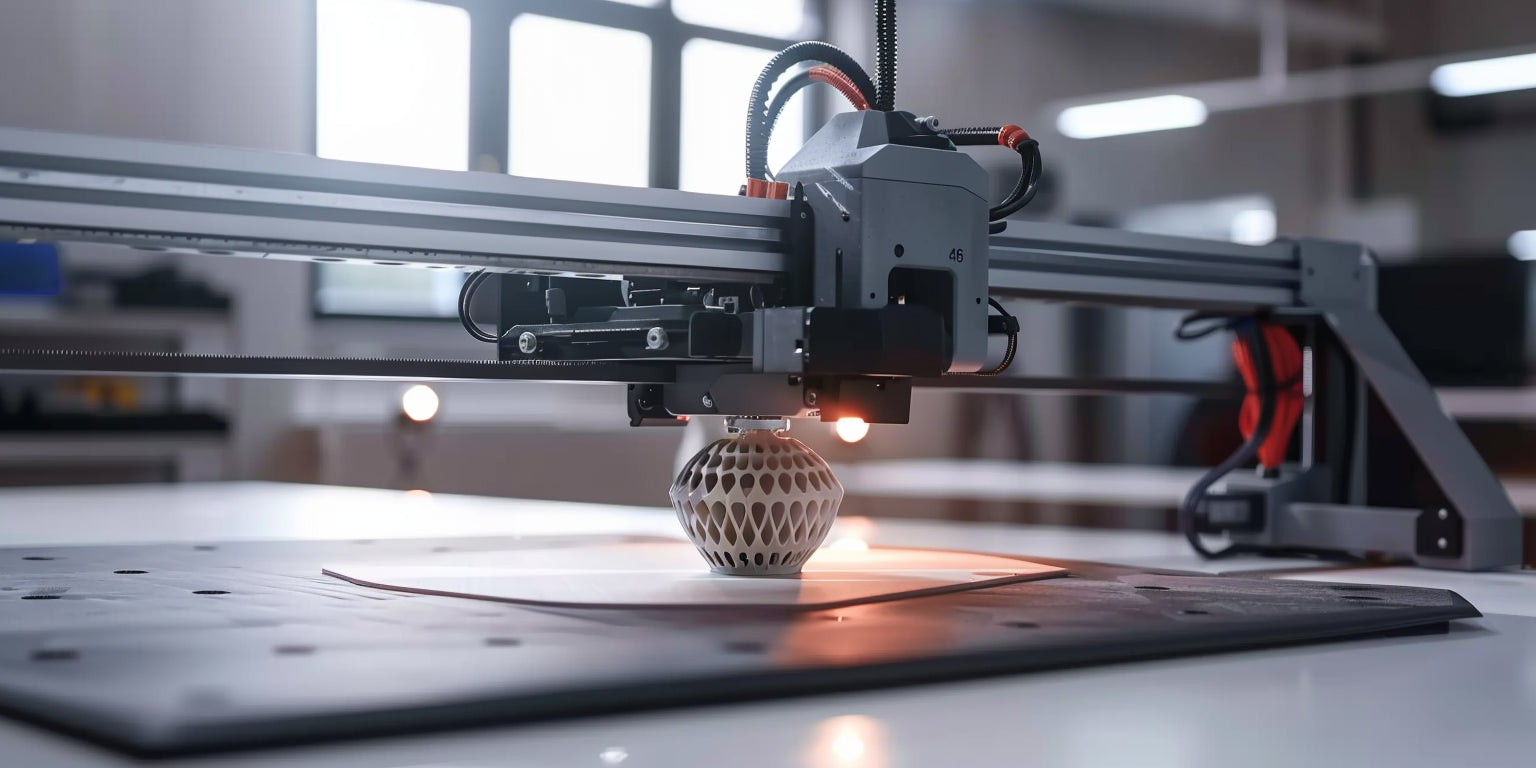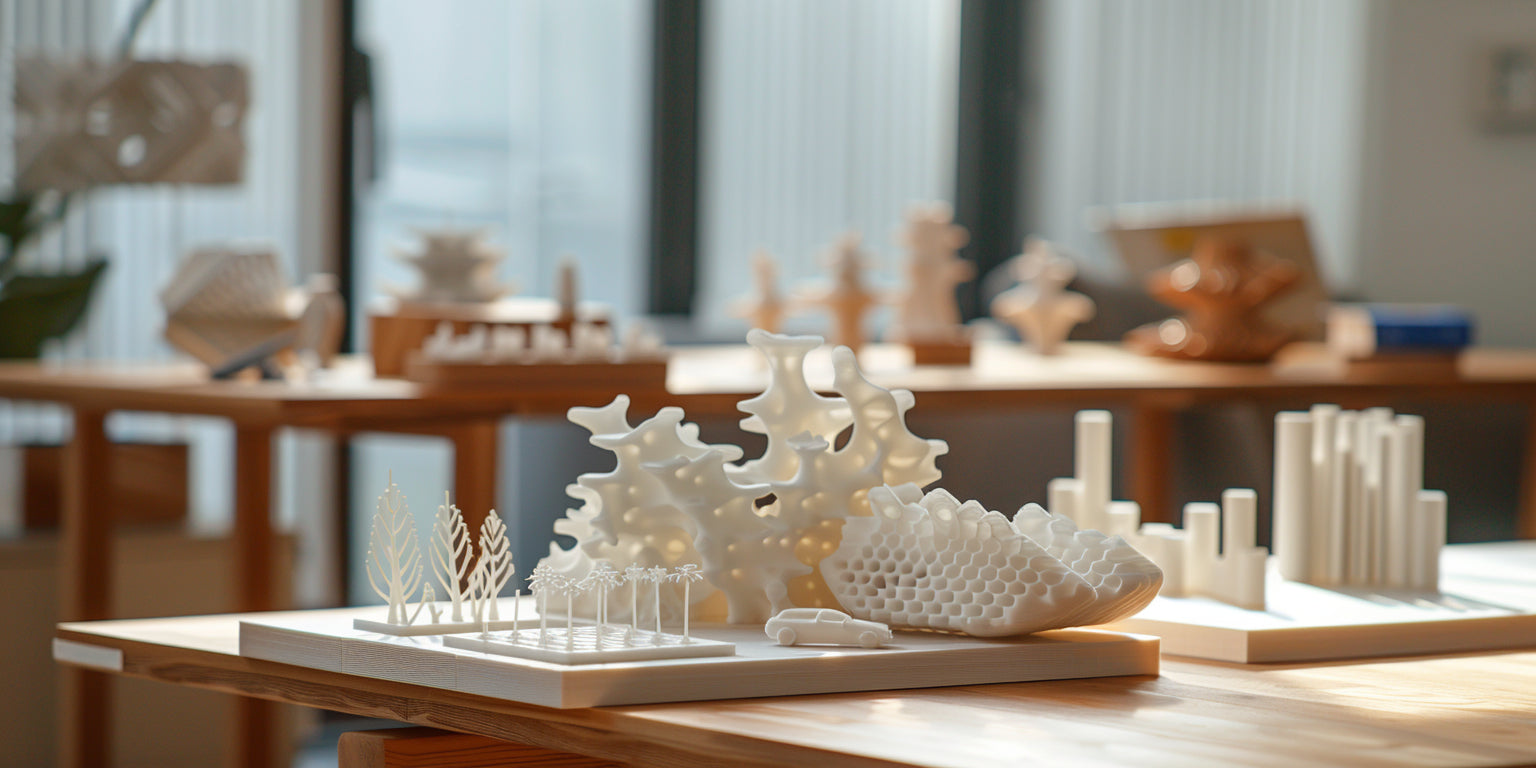In the dynamic world of additive manufacturing, selecting the appropriate 3D printing technology is paramount to achieving desired outcomes. With a myriad of options available, each boasting unique capabilities and characteristics, it can be challenging to navigate the landscape of choices. In this article, we'll delve into three prominent 3D printing technologies—Fused Deposition Modeling (FDM), Liquid Crystal Display (LCD), and Selective Laser Sintering (SLS)—and explore how to choose the most suitable one for your specific requirements.
Understanding Different 3D Printing Technologies
1. Fused Deposition Modeling (FDM)
FDM operates by extruding thermoplastic filaments through a heated nozzle, layer by layer, to create objects. This technology is widely known for its accessibility, affordability, and versatility. FDM printers are suitable for prototyping, concept modeling, and producing functional parts with moderate mechanical properties. However, surface finish and resolution may not match those of other technologies.
2. Liquid Crystal Display (LCD) 3D Printing
LCD 3D printing utilizes a liquid photopolymer resin cured by UV light through an LCD panel, allowing for the precise formation of layers. This technology offers excellent resolution, speed, and affordability compared to traditional SLA printers. LCD printers excel in producing detailed, intricate parts with smooth surface finishes, making them ideal for applications requiring high precision and aesthetics.
3. Selective Laser Sintering (SLS)
SLS employs a high-powered laser to selectively fuse powdered materials, such as nylon or metal, into solid objects layer by layer. This technology is renowned for its versatility, as it can work with a wide range of materials and produce parts with superior mechanical properties, including high strength and heat resistance. SLS is well-suited for functional prototypes, end-use parts, and complex geometries.
Choosing the Right Technology: Factors to Consider
1. Budget
For budget-conscious projects or entry-level applications, FDM printers offer an affordable option without compromising on functionality. However, if budget permits and precision is paramount, LCD or SLS printers may be worth the investment due to their superior resolution and capabilities.
2. Material Compatibility
Consider the material requirements of your project. FDM printers typically work with thermoplastics like PLA and ABS, while LCD printers utilize photopolymer resins. SLS, on the other hand, supports a broader range of materials, including nylon, metals, and ceramics, offering greater flexibility for diverse applications.
3. Application-Specific Needs
Evaluate the specific requirements of your project. If you prioritize speed, surface finish, and intricate details for visual prototypes or consumer products, LCD 3D printing may be the ideal choice. For functional prototypes, end-use parts, or applications demanding robust mechanical properties, SLS technology provides superior strength and durability.
Real-World Scenarios
-
Rapid Prototyping: For rapid iteration and concept validation in product development, FDM printers offer quick turnaround times and cost-effective prototyping solutions.
-
Jewelry Design: In the jewelry industry, where intricate designs and fine details are crucial, LCD 3D printing shines, delivering high-resolution prints with impeccable surface finishes.
-
Automotive Parts: When producing functional prototypes or custom automotive components requiring durability and heat resistance, SLS technology proves indispensable, offering a wide range of engineering-grade materials.
Conclusion
In conclusion, the choice of 3D printing technology hinges on various factors, including budget, material compatibility, and application-specific needs. Whether you opt for the accessibility of FDM, the precision of LCD, or the versatility of SLS, each technology brings its own set of advantages to the table. By carefully assessing your requirements and considering real-world scenarios, you can confidently select the most suitable 3D printing technology to bring your visions to life.




Leave a comment
This site is protected by hCaptcha and the hCaptcha Privacy Policy and Terms of Service apply.